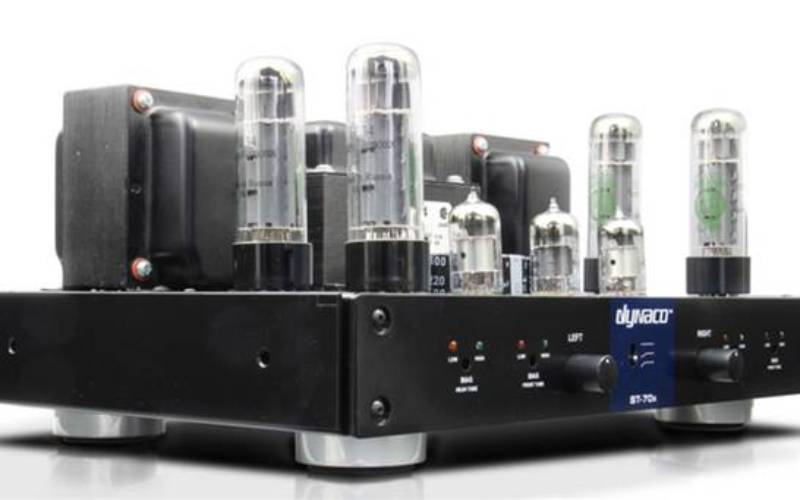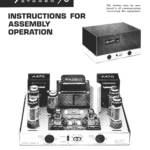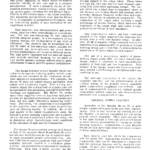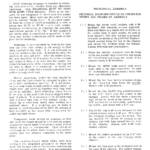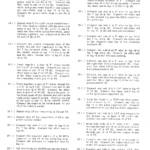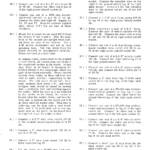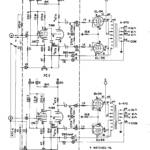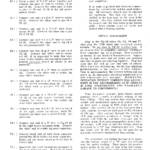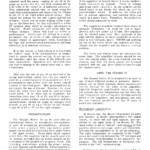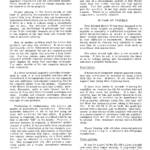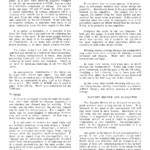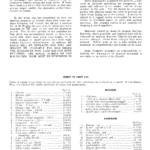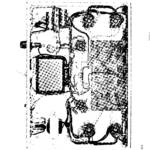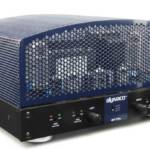Dynaco Senior Engineer Dan Fraser explains: „In fact, there are tens of thousands of the original Dynaco tube amplifiers still in use around the world. The original Dynaco Stereo 70 is a true classic that is still regarded with awe by audio enthusiasts worldwide. The ST70 Series 3 marks the introduction of a third generation of vacuum tube products bearing the Dynaco name. This „new 70″ reflects the illustrious history of Dynaco’s involvement with vacuum tube designs as well as the latest advances in vacuum tube technology. We like to think of the Series 3 as the update that David Hafler would have made if he were alive today.”
„Through its long history, the Stereo 70 has proven to be a robust, reliable design of exceptional value. We have sought to preserve the considerable virtues of the original 70 while making fullest use of much better and more modern parts, plus advanced circuit design techniques. When comparing „old 70” with „new 70,” one cannot help but notice the external similarity (i.e., the metalwork is of similar dimensions but with an entirely new connector array and top cover). Internally, however, the two units differ radically from each other in both general appearance and execution of design.”
TUBE VS. TRANSISTOR
Tube amplifiers are THE choice among many knowledgeable audiophiles and they are preferred in severe service applications where even short-term failure must be avoided. Tube designs are inherently able to withstand user and signal abuse that would instantly damage Solid-State electronics. Field replacement of socketed tubes is much more convenient than Solid-State amplifiers. Tubes also do not clip as harshly as their Solid-State counterparts. Upon clipping, Solid-State amplifiers abruptly flatten the signal peaks generating high level distortion, resulting in a harsh sounding 'square wave’ when driven hard enough. By contrast, tube circuits 'soft clip’ producing a more pleasant natural compression that is both pleasing to the ear and results in much lower ear fatigue. Upon listening, a tube amplifier of modest power specification can sound as full and exciting as a very large, Solid-State amplifier on dynamically rich music passages. It is precisely these characteristics which are responsible for the ST70 'tube sound’, so prized by audio enthusiasts. Tube amplifiers are regarded by many as more musical, even though their measured specifications often appear far inferior to a comparably powered Solid-State unit.
DESIGN PHILOSOPHY
As stated above, the ST70 series 3 draws upon the proven design philosophies of the original 70. The low open-loop gain is maintained, thereby minimizing Transient Intermodulation Distortion (TIM). TIM distortion is regarded in many circles as the type of distortion to which the ear is most sensitive. The Pentode-Triode gain circuitry is virtually the same as the original, thus keeping the signal path as short as practical without unnecessary distortion inducing complexity. This is the true elegance of the ST70. The output tubes remain the fine EL34/6CA7.
David Hafler’s original output transformer designs have been retained yet updated with the latest knowledge in the art of winding output transformers. This not only serves to improve the transient response, it also allows both 4 Ohm and 8 Ohm operation using a simple selector switch.
Dynaco has made extensive use of the most modern parts in the ST70 Series 3: Precision metal-film resistors, poly-composition capacitors and miniaturized high-capacity power supply electrolytics (unavailable at the time of the original design). Newer parts are also more conservatively rated than some of the original parts. In compliance with general practices, a heavy-duty three-pin detachable grounded power cord is provided. Signal ground is the same as electrical ground and chassis. All signal connectors are gold-plated. The speaker connections are no-touch binding posts compliant with modern safety standards.
The original ST70’s power supply has long been the design area most vulnerable to legitimate criticism. Dynaco has addressed this problem as follows:
Use of an entirely new and larger dual primary power transformer with improved line regulation (due to added iron in its core). It can now be wired for 220 volt / 50 Hz operation.
The original 5AR4 tube has been replaced by Solid-State rectifiers, thus removing the 5AR4’s inherent losses and reduced regulation, while eliminating a failure-prone out-of-production tube in the process.
The original power supply filter capacitance has been made far larger. As large as we could fit in the same form factor. This has been desirable for a long time but has only recently become practical (i.e., much greater capacitance can now be packaged in casings of the same.)
The troublesome selenium rectifier used in the bias circuitry has also been replaced by a Solid-State rectifier with additional supply capacitance.
The filter inductor has been reduced in value to complement the increase in filter capacitance with a resulting reduction of DC resistance. This provides more voltage for use by the outputs and somewhat higher peak power output.
All of the above changes serve to improve „stiffness” of the power supply by lowering the effective power supply impedance and improving regulation while increasing available voltage for maximum safe power output. This makes for a tighter bottom end.
The original ST70 design made use of roll-offs within the active circuitry to tailor the frequency response of the amplifier — reducing open-loop gain at the frequency extremes. This open-loop gain reduction resulted in the characteristic distortion increase at the frequency extremes in the original design. Extensive testing and analysis has revealed that roll-offs may not be the most appropriate form of response limiting. Dynaco has installed an input frequency limiting filter network to limit bandwidth to 20 to 20,000 Hz (long regarded as the human hearing range). This filter allows the removal of the tailoring components within the active circuitry and permits the active gain circuitry to be flatter across the frequency spectrum. The audible benefit is a great improvement in distortion components at the frequency extremes while still maintaining adequate bandwidth. This network requires the drive impedance from the preamplifier to be less than 2K Ohms for proper top end response. Even tube types frequently achieve less than 2K using cathode follower output drivers. This also minimizes the effect of cable capacitance between the preamplifier and the power amp. This is acceptable for most modern day preamplifiers though many older pre-amps such as the Dynaco PAS-3X may have some matching issues. It is possible to change the input filter capacitors to permit higher impedance drives if absolutely necessary.
As well, due to the extended low frequency response, the improved power supplies, and the inherently lower damping factor tube amplifiers provide, operation with acoustic suspension speakers may result in an exaggerated low frequency response. Hence a high-pass, 3-position filter switch is provided. With bypass and two different frequencies of gentle 6dB per octave roll off.
A further improvement in distortion, particularly in the higher frequencies, was achieved by moving the feedback point from the 16 Ohm tap of the output transformer to the actual loaded tap by the impedance selector switch. The switch uses one side to direct the 4 or 8 Ohm tap to the output terminals. The other side directs the feedback point to the tap selected and changes the divider ratio so the gain remains the same whichever tap is selected. Transient response is improved.
The original ST70’s signal tube [7199] is out of production and unavailable, as are all triode-pentode types – except for new old stock (NOS). However one cannot do new manufacturing depending on NOS parts. Instead, the ST70 Series 3 uses a pair of EF86 Pentodes for the input and a 12AU7 dual triode to drive the output tubes. This combination has been tested through long experience in the audiophile community.
The printed circuit board material of the original ST70 was exposed economical phenolic which deteriorated with age creating unpredictable electrical changes resulting in sonic differences. The Series 3 unit uses military-grade, double-sided epoxy fiberglass PC material and shields the recessed PCB with a metal cover plate. The board is populated by the finest modern parts. Sensitivity to internal wiring placement is eliminated since wiring to the output tubes is accomplished via the printed circuit panel. In fact, nearly two-thirds of the trouble-prone original point-to-point wiring has been eliminated!
The bias adjustment is now done with indicator LEDs. After a warm-up period and with no signal playing, all that is required is to set a pair of LEDs to equal brightness. To accommodate unequal aging between initially matched pairs of output tubes, separate adjustments are provided for both tubes of each pair.
The Dynaco ST70 Series 3 brings forth the most advanced update ever to the most successful amp of all time. Proudly made in North America! Delivery is anticipated to begin in July 2016.


